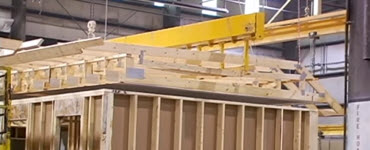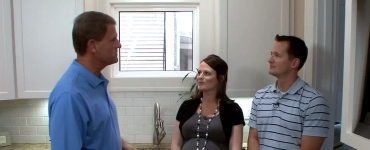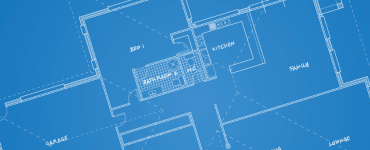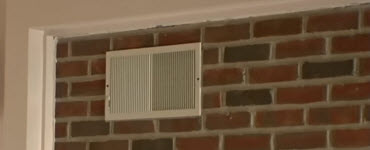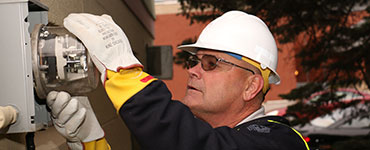Roof and attic
The standard is a minimum of R-44 attic insulation, or R-46 for optimum energy savings.
Raising the roof
The area where the roof meets the sidewalls is prime spot for air leaks, so ask your builder about "raising the roof." You can choose from a standard four-inch truss, and eight-inch "energy-efficient" truss and the "super-efficient" 12-inch version.Choosing an eight- or 12-inch "raised-heel" roof truss allows extra room to add insulation along the edges of the attic. This construction option might increase your initial costs by about $500, but the costs can be paid back in energy savings within the first year.
Cathedral and vaulted ceilings
Keep in mind that "raising the roof" doesn't mean raising the ceiling. While cathedral and vaulted ceilings are very popular in new homes, they greatly minimize the area available for attic insulation.Make sure your builder properly insulates your high ceilings with rigid foam board insulation, while allowing for adequate ventilation.
Don't forget the shingles
The type of shingles on your roof can also affect energy use. Dark gray or black shingles will trap a large amount of heat during the summer, but absorb only a small amount during the winter when it's needed.Light-colored shingles, on the other hand, can help reduce attic temperatures by reflecting the sun's rays.
More from this category
Air quality and ventilation in new homes
New, energy-efficient homes need new solutions to circulate and ventilate the air inside the home.
Modular homes
Modular homes are built in a factory under controlled conditions, then shipped to the homesite and placed on a permanent foundation.
Structural insulated panels
Structural insulated panels, also called SIPs, foam-core panels or stress-skin panels, are significantly more airtight than stud walls.
Energy efficient kitchen remodel
This kitchen remodel features a new window, energy-efficient lighting, new appliances and side-wall insulation.
Decoding building requirements
Learn about some of the changes for new homes built today. An expert highlights some of the things to consider when building a new home.
Trombe wall
Using the sun's stored energy to heat your home reduces your conventional energy consumption.
Net Zero Community
Check out a new neighborhood concept and see how one builder is changing the way homes are built with a goal to use zero energy.
Talk to your utilities
Before you break ground on a new house, give your utility companies a call. They can help you avoid unnecessary expenses and construction delays.



